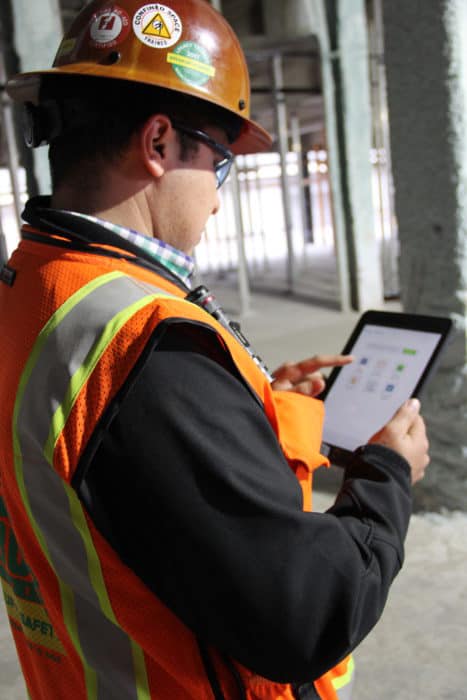IT is a truth universally acknowledged, that a single company in possession of a good fortune must be in want of a new budget plan. (Thanks, Jane). Typically companies’ “New Year’s Resolutions” come in the form of new projects, facelifts, etc. When the company is the United States government, administration changes affect the entire nation.
According to recent information, due to efforts from the Trump administration to downsize the federal bureaucracy, OSHA has lost 40 field inspectors since January 2017. It is OSHA’s mandate to increase the safety of the American workplace. Accidents in the workplace can mightily disrupt overall company success. OSHA’s website estimates that employers pay almost $1 billion per week for direct workers’ compensation costs alone. In a 2014 OSHA Inspection Q&A with Industry Expert Rick Foote was asked “how to convince management to better prepare” for new projects. Foote’s answer was quite a compelling one. Not only does a commitment to such programs reduce insurance cost, but also significantly reduces the likelihood of job-related injury. In cooperation with employers, safety initiatives have seen a lowering in the average number of workplace accidents. Simply stated, you don’t skimp on safety.
These government cutbacks may have affected allocated spending on safety, but they have not affected the need for and enforcement of safety protocols. In an article addressing the decrease in inspectors, OSHA reportedly responded that “its enforcement efforts have remained vigorous, even with fewer inspectors on the job.” Additionally, as technology advances, government and private agencies have been working to make safety information more attainable than ever. Awareness has been a recognizable high priority. The CDC recently made advances in a research initiative called Prevention through Design (PtD), that informs businesses and academia on the need for safety programs. PtD released their online publication last year, quickly furthering their outreach. SaaS companies like SafetyStratus assist other institutions in the utilization of safety protocols. Eric Mittenthal of the North American Meat Institute, made a statement that exemplified this readiness in American companies, “Inspectors don’t make workplaces safe. People and programs do by working to prevent problems before they occur and by creating workplace cultures where safety is top of mind.” In our rapidly accelerating technological world, companies now have the tools to match the desire to bridge the gap between safety and success in the American workplace.




